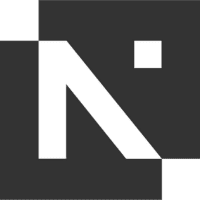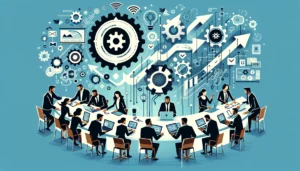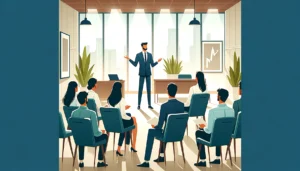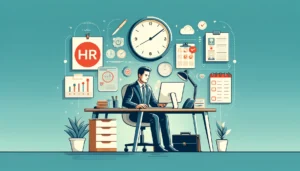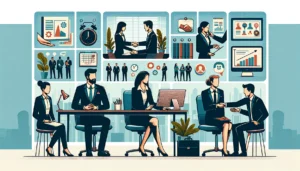Employee retention strategies to avoid employee burnout
- 2 Min Read
With more than 57% of US employees experiencing burnout, and a 15% rise in the numbers year-over-year, it has never been more important for organizations to rethink their priorities. Join Carolina de Arriba as she explains the strategies of change management and balancing employee needs versus the company needs to maximize productivity and retention, and limit burnout.
- Author: Neville Chesan
- Date published: Jun 17, 2022
- Categories
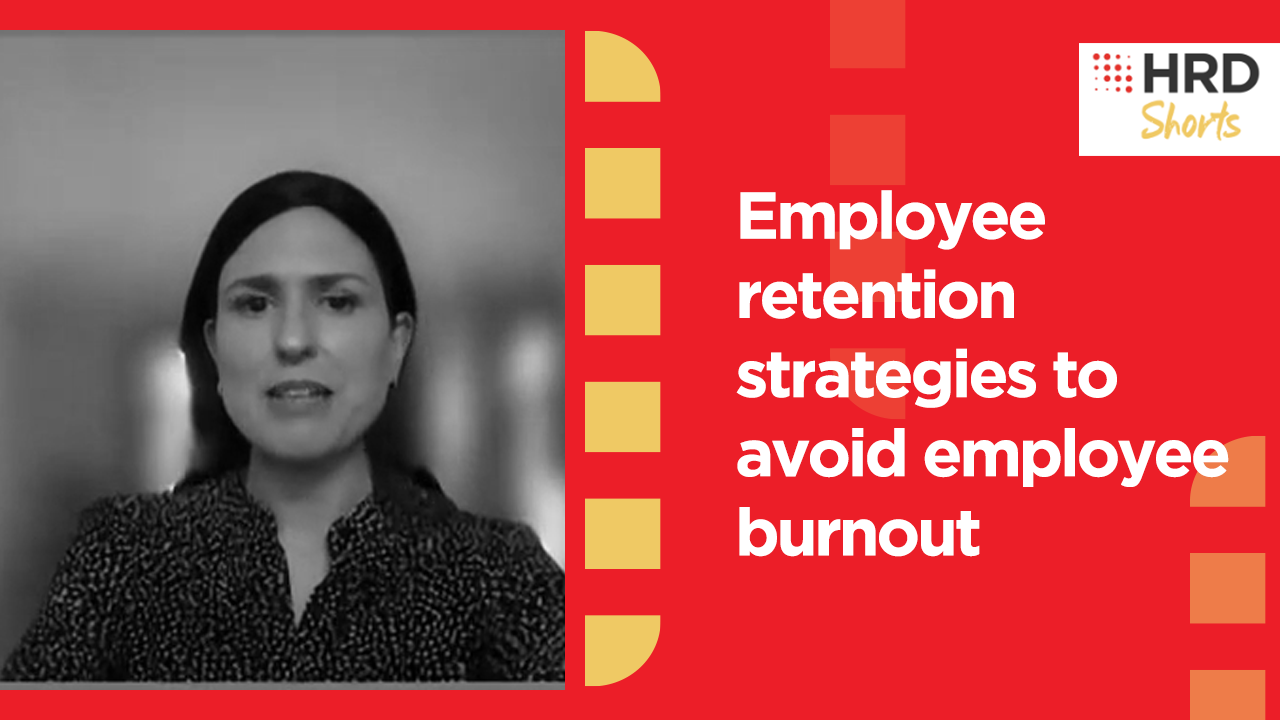
In the findings of Burnout Nation, a December 2020 online study of 1136 employed US adults, it was found that 57% of employees experience severe burnout, and that this was especially the case among millennial and female employees. With remote and hybrid work entering the arena, personal responsibilities have skyrocketed while workplace productivity has dwindled.
Leaders need to be able to connect and communicate with employees in order to address concerns. It is important that organizations adapt to a strategy that best suits their structure, while maintaining the balance between creativity and productivity.
Carolina de Arriba is an author and keynote speaker with extensive corporate experience across different areas within Human Resources. She is currently the Vice President of Talent Management and Development at Schneider Electric. She is the author of the podcast Leading Yourself, that talks of topics ranging from personal growth, career, leadership development, and habits and relationships. Certified as Six Sigma Black Belt, she is ever looking to improve performance, quality, and ability to compete.
Learn more from Carolina on Retention strategies for evolving employee needs, only at HRD Connect.
Key talking points:
0:18 – What is exacerbating post-pandemic employee burnout?
1:25 – The demographics that are most affected by corporate burnout
3:10 – Balance between personal responsibilities and workplace productivity post-pandemic
4:00 – How should companies respond to employee needs?
4:30 – Change Management as an employee retention strategy

